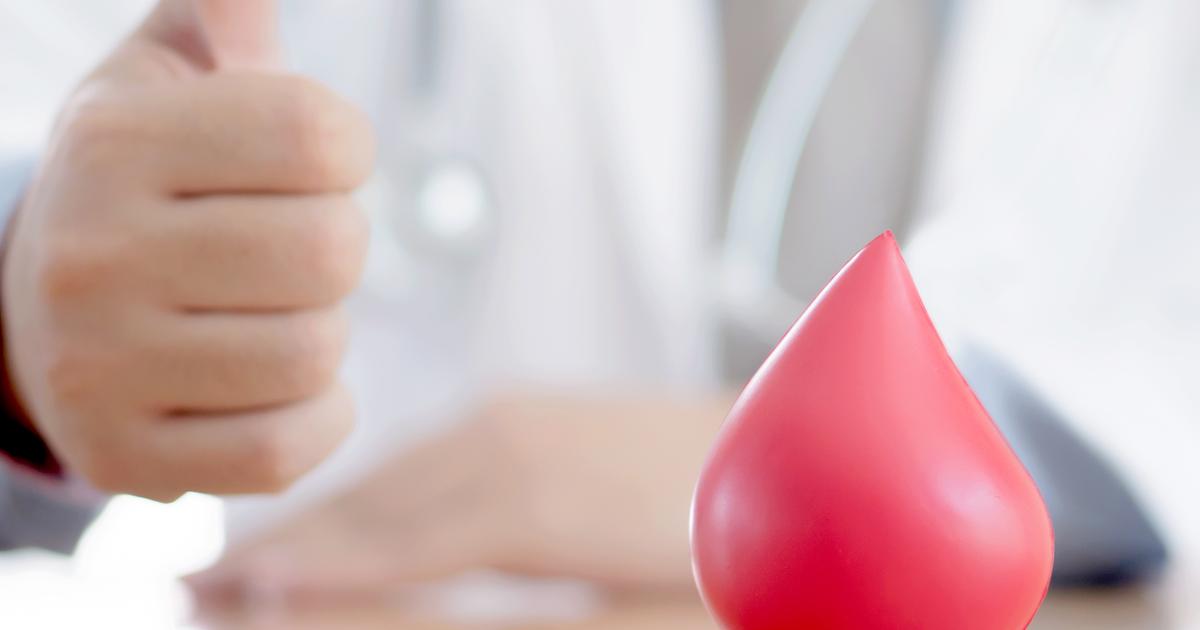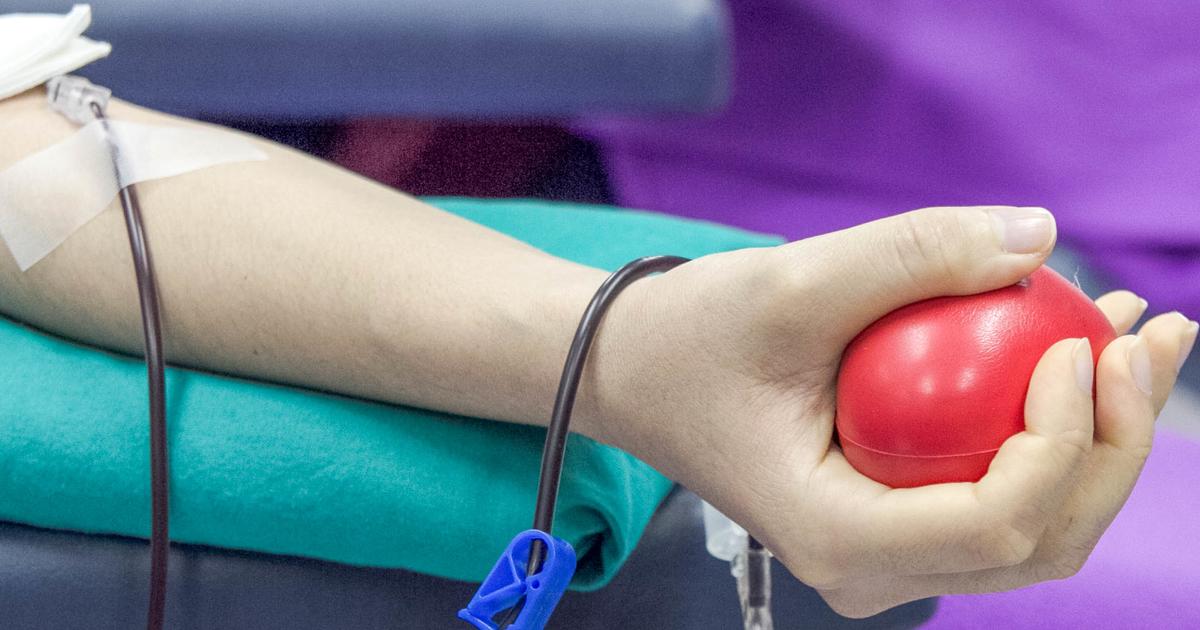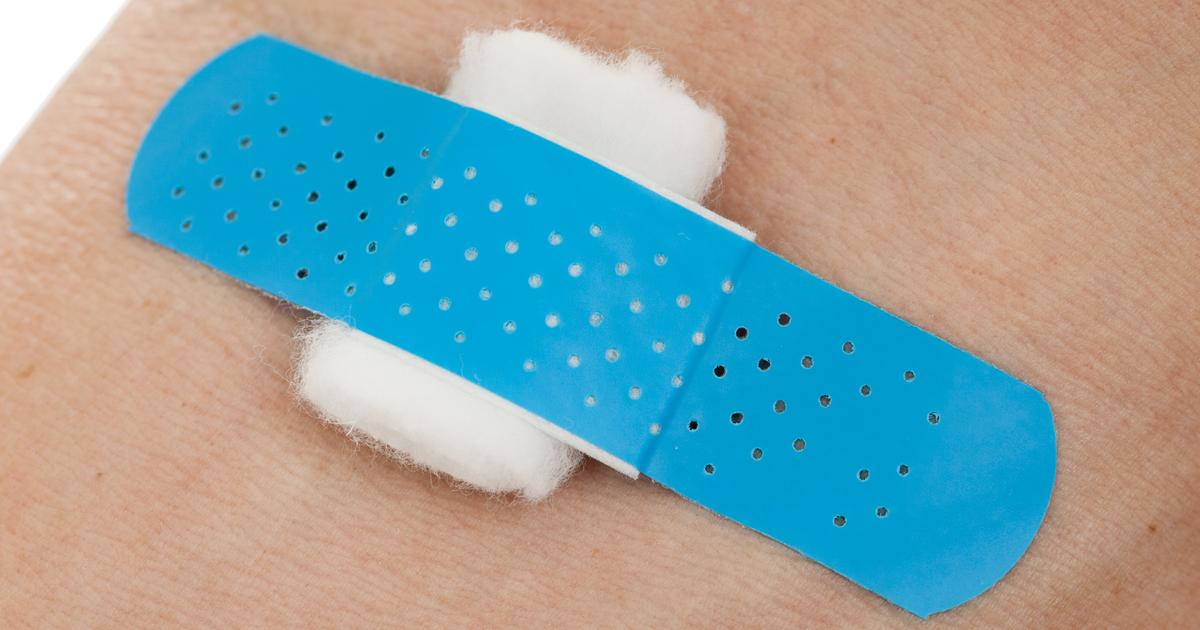What To Expect When Donating Blood
Blood circulates throughout the entire body and helps to maintain life. Oxygen, nutrients, heat, hormones, and electrolytes are transported to body tissues by the blood, and it is also responsible for carrying waste and carbon dioxide away from tissues. Blood is comprised of platelets, plasma, white blood cells, and red blood cells. In the United States, more than twenty million transfusions of donated blood are given every year. Blood transfusions are often required in cases where patients have experienced trauma such as a car accident or a severe injury, and they are sometimes needed for individuals who are giving birth or having major surgery. In fact, one out of every seven hospital patients will need a blood transfusion, and regular transfusions may be required for patients with conditions such as anemia, cancer, and kidney disease. Since blood cannot be stored for a long time, an active, large donor pool is required to maintain a sufficient blood supply for transfusions.
This guide outlines the importance of donating blood as well as how to prepare for the donation, what to expect during the donation, and what happens after the donation.
Why Donate Blood

In the United States, only thirty-seven percent of the population is eligible to donate blood, and less than ten percent of eligible donors choose to donate. Blood cannot be manufactured, and donation is the only method of providing blood that can be used in transfusions for patients in need. On average, someone in the United States will need a blood transfusion every two seconds, and a single donation could save the lives of up to three individuals. In addition to saving lives and helping the community, blood donation has benefits for the donor's health. Repeated donations can improve the way blood flows through vessels, and studies suggest blood donors may have a significant reduction in their risk of a heart attack. Research also suggests donors could have a lower risk of stroke and certain types of cancer, and they tend to require fewer hospitalizations and have shorter hospital stays than non-donors.
Get the details on the criteria for donating next.
Criteria For Donation

To donate whole blood, donors must be at least sixteen years old and weigh a minimum of 110 pounds. Whole blood donations can only be made once every fifty-six days. For platelet, plasma, and double red cell donations, patients must be at least seventeen years old. Female patients who wish to make a double red cell donation must be at least nineteen years old and have a minimum height of sixty-five inches. They must also weigh at least 150 pounds. In addition to these minimum requirements, donors of all blood products must be in good health. Patients with cold or flu symptoms should reschedule their donation after their symptoms resolve, and individuals with anemia are not allowed to donate. Patients with cardiovascular conditions, hypertension, diabetes, or cancer may not be able to donate, and these cases will be assessed on an individual basis. The use of certain anticoagulants could make an individual ineligible to donate.
Learn about what individuals should do before donating next.
What To Do Before Donating

Individuals who are going to donate blood should bring photo identification such as a driver's license, passport, or blood donor card with them to the donation center. Donors will also need to bring a list of all of their current medications, including over-the-counter medicines and herbal supplements. To help make the donation process as easy and comfortable as possible, donors are encouraged to eat iron-rich foods such as beans, spinach, red meat, and fortified cereals in advance of their appointment, and they may also wish to take iron supplements if this is advised by their doctor. Drinking extra fluids in the days leading up to donation is recommended, and patients are encouraged to get sufficient sleep the night before their appointment. Patients who are planning to donate platelets should not use acetylsalicylic acid in the two days before their donation, and all donors should wear comfortable clothing with loose sleeves that can be rolled up above the elbow. Immediately before donation, potential donors will have their blood pressure, pulse, temperature, and hemoglobin levels measured to ensure it is safe for them to donate. Individuals must have a pulse rate of less than one hundred and a blood pressure of less than 180/100 at this exam to be cleared for donation.
Read about what happens while donating blood next.
What Happens While Donating Blood

The whole blood donation process typically takes around ten minutes, and the patient will be reclining or lying down during the donation. First, a staff member will locate a suitable vein in one of the patient's arms. After cleaning the skin, they will insert a needle into the patient's vein. The needle is connected to a tube and a bag that collects the blood. When one pint of blood has been collected, the staff member will withdraw the needle and place a bandage over the site. Other types of blood donations, including platelet donations, require the use of an apheresis machine. These donations can take between ninety to 120 minutes. Thanks to new technology, donations completed with an apheresis machine can now be done with a single needle in one arm. Platelet donors can sometimes start to feel cold during their donation as a result of the anticoagulant used for the procedure; it must be kept at room temperature. To counteract this, donation centers usually provide blankets and heating pads for donors. Some platelet donors may also experience a tingling sensation on their lips during donation. If this occurs, the donation can be paused for a short period. Donors of any type of blood product could notice slight bruising at the needle site.
Learn about the protocol for after a donation is made next.
Protocol For After Making A Donation

After completing a blood donation, donors will be asked to remain at the donation center for ten to fifteen minutes. Salty snacks, cookies, and juices will be provided, and patients can continue their normal routine after leaving the center. No alcohol should be consumed in the twenty-four hours after donation, and patients are encouraged to drink an extra thirty-two ounces of water during this time. The bandage over the needle site needs to remain in place for several hours after the donation, and the area around the bandage should be cleaned with soap and water to prevent a skin rash. If the needle site starts to bleed, patients should apply firm, continuous pressure to the area for at least five to ten minutes, and the arm should be elevated. Patients should refrain from heavy lifting or vigorous physical activity for the rest of the day after their donation.